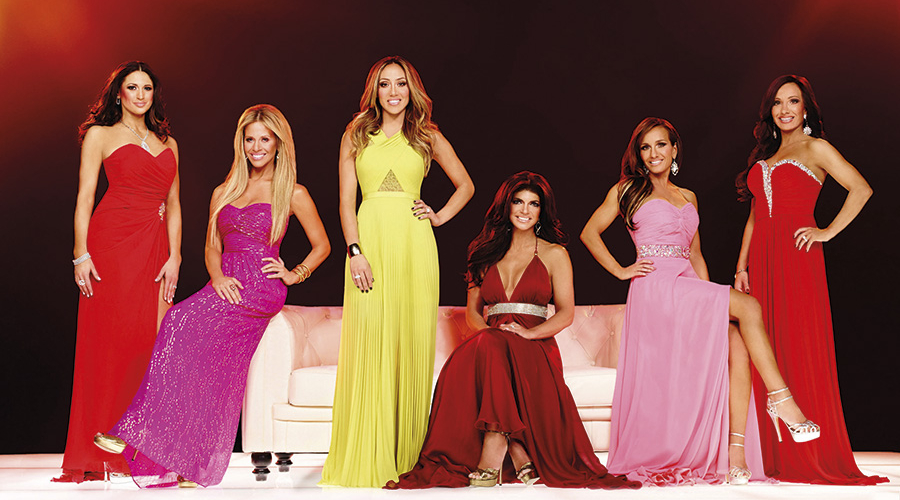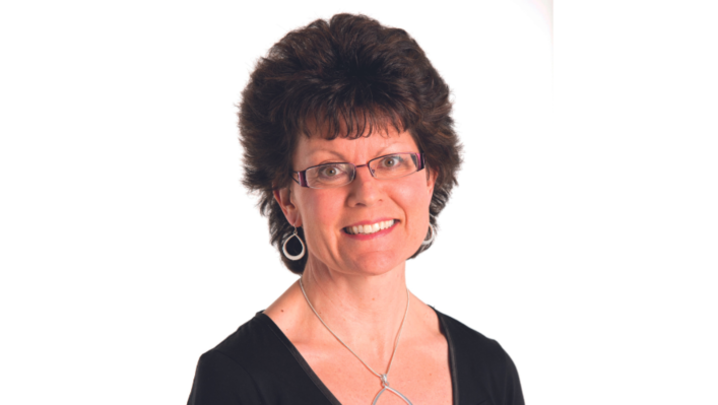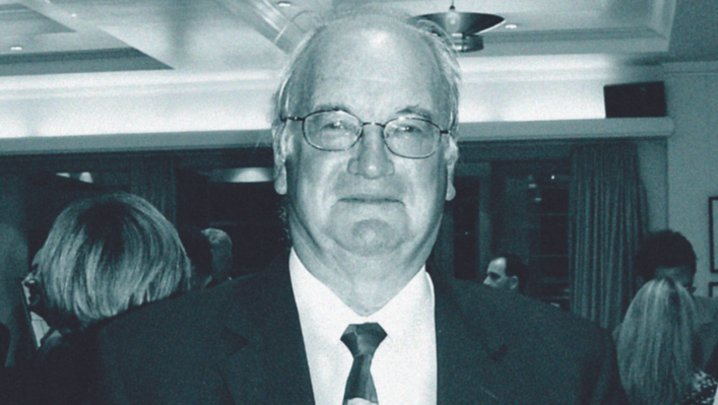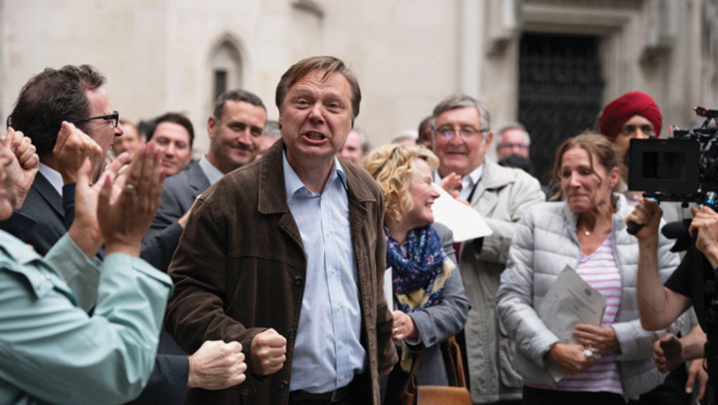ITV’s aim of reducing its reliance on UK ad revenue has seen it become the largest non-scripted producer in the US. Neil Midgley investigates
If you came up with a list of programmes made by ITV, you might start with Coronation Street, I’m a Celebrity… Get Me Out of Here! and Mr Selfridge. You probably wouldn’t think at first of Duck Dynasty, Cake Boss or The Real Housewives of New Jersey.
Yet all of these American shows are made by companies that are now majority-owned by ITV.
After buying no fewer than five established US production companies over the past few years, ITV is now the largest producer of non-scripted television in the US.
“Growth in the US – which we wanted and were impatient for – we were doing organically. But it takes time. If you want to get bigger quickly, you’ve got to acquire,” says Kevin Lygo, Managing Director of ITV Studios.
When Lygo took over ITV’s global production business in 2011 – as one of incoming Chief Executive Adam Crozier’s key lieutenants – ITV had what he describes as a “small but perfectly formed presence” in the US.
ITV Studios America was remaking some British shows for US networks, such as Four Weddings for TLC.
Crozier and Lygo spotted an opportunity to build that business – and, in the process, help achieve one of Crozier’s core transformation aims for ITV plc as a whole.
Crozier’s avowed intention is to make ITV much less dependent on traditional spot advertising revenue in the UK. He never wants his commercial chief to deliver news as devastating as Michael Grade’s did in early 2009, when the financial crisis sent ITV’s British advertising revenues tumbling off a cliff.
First-half results, published in July, showed that ITV Studios’ profits grew by 14% to £17m; half its revenues were generated overseas.
Pay-TV revenues in the UK – from launching new, pay-only channels such as ITV Encore – form part of the solution. Production revenues, particularly from overseas markets such as the US, insulate ITV further from the fickle UK ad market.
So ITV’s new chiefs set off on an American quest. It was, ironically, boosted by the UK TV advertising market, which bounced back quickly and strongly after the recession.
That generated a lot of cash for ITV’s channels business in Britain, which, in turn, provided Crozier and Lygo with a war chest for acquisitions.
Nonetheless, it took until December 2012 for ITV to make its first US acquisition, Gurney Productions – after a search so lengthy that it sparked rumours of growing frustration among executives at the broadcaster’s London Southbank HQ.
“We looked at companies that were of a size that was right for us, and that were in an area that we felt knowledgeable and secure about,” says Lygo. He followed factual entertainment producer Gurney with two more acquisitions in 2013 – High Noon, which makes Cake Boss, and Thinkfactory Media, most famous for the History Channel drama Hatfields & McCoys.
First-half results, published in July, showed that ITV Studios’ profits grew by 14% to £17m; half its revenues were generated overseas.
“It got us scale quite quickly – and lots of ongoing, proper working relationships with most of the buyers in the cable world,” adds Lygo.
This year, the number of US acquisitions hit five, with DiGa Vision (producer of MTV’s returning drama series Teen Wolf) and – by far ITV’s biggest American buy yet – Leftfield Entertainment.
Lygo’s controlling stake in Gurney cost him an upfront payment of $40m, whereas 80% of Leftfield set him back a cool $360m. In return, though, Leftfield delivers a wide portfolio of shows, including Pawn Stars and The Real Housewives of New Jersey. The latter airs on more than 30 US channels.
As a result of the buying spree, ITV has become a serious player in US production. In 2013 it distributed 64 shows across 34 channels – compared with just 12 shows in 2010. ITV’s international production revenue rose by 56%, or £95m, last year. Total international revenues – including both production and distribution – contributed £401m to ITV Studios’ £857m combined revenues last year.
In other words, the more Lygo has spent in the US, the better Crozier’s P&L has fared.
“I think it is a good strategy,” says Mathew Horsman, Director of Mediatique, a strategic consultancy. He points out that the initial screenings of ITV-made shows on US cable channels are only part of the revenue story – and that recent advances in technology make for richer pickings later on.
“If you’ve made content for which you have the secondary and tertiary rights, then you can ‘clip the coupon’ now more effectively than ever,” says Horsman. “You can sell not only into multichannel and foreign markets generally – other broadcasters – but, increasingly, you can now sell into emerging platforms such as Netflix and Amazon.
“So I think the timing is right, and balancing geographically strikes me as the right thing.”
Although ITV’s American strategy is paying off so far, it still involves risk. Just because revenue comes from across the Atlantic, it isn’t bulletproof – the recession hit the US economy just as it hit the UK’s. Horsman points out that the “basic-cable” channels, to which ITV sells many of its shows in the US, depend on fickle ad revenue as well as subscription fees.
He also points out that, unlike the UK, the US has no tradition of “terms of trade” favouring independent producers. In the UK, indies typically retain 85% of “back-end” revenues after a limited number of initial transmissions on the commissioning channel.
“Traditionally, broadcasters in the US have bought the rights to programmes outright,” says Horsman. “So, in the US, indies don’t have those in-built protections.”
ITV’s US subsidiaries are, of course, free to negotiate with their commissioning broadcasters to achieve a mutually agreeable division of rights.
“It’s all about commercial terms,” says Horsman. “Now that ITV has got some critical mass, it probably has a pretty good sense of how to operate in that market.” And more negotiating clout than the individual companies would have had before they were taken over? “Quite.”
Horsman’s view was backed up by a Wall Street Journal report in April, which concluded that ITV now has a “sharper bargaining position with the major US networks”.
“Now that ITV has got some critical mass, it probably has a pretty good sense of how to operate in that market.”
ITV may have become a much bigger player in the US market, but its business is still dwarfed by the American studios. Unlike ABC or CBS – and, indeed, unlike its own domestic operation in the UK – ITV in the US has no broadcast presence, so it can’t commission shows from itself to fill its own airtime.
At least, not yet: there is no reason why ITV’s US buying spree should not one day extend to bidding for a cable channels operation, such as Starz or Scripps Networks.
And ITV’s US output still predominantly consists of non-scripted shows. Although his American colleagues are currently working on the production of three cable drama series – The Good Witch for Hallmark Channel, Aquarius for NBC and Texas Rising for History Channel – Lygo says that he is treading carefully.
He points out that network dramas, with annual runs of more than 20 episodes, require studios to shoulder a huge deficit-financing risk.
“Warner Brothers can afford to bankroll 15 series at a time – more, probably – because it has a lot of long-running shows making good profits,” Lygo explains. “That’s its business.”
For now, ITV’s business hasn’t quite reached that scale. But its strong performance as a plc has attracted the attention of some other Americans: Liberty Global, the cable operator, bought a 6.4% share in ITV earlier this summer. Perhaps ITV will be taken over by a big US conglomerate – or maybe one day it will grow to be one of them. Given the ambition of Crozier and Lygo, it would be unwise to bet against such an outcome.







